6 Putter Designs That Changed The Game
From Bobby Jones' trusted "Calamity Jane" to the iconic Odyssey 2-ball
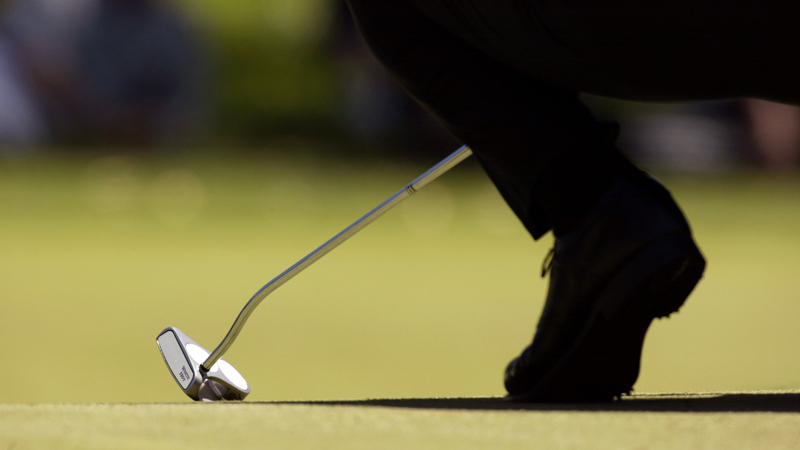

Here we take a look at 6 of the most influential putter designs; Putters that secured memorable victories and inspired future flat sticks.
6 Putter Designs That Changed The Game
“If I had to choose between my wife and my putter… Well, I’d miss her.” Gary Player’s famous quote may have been tongue-in-cheek, but it indicated just how crucial the right flat-stick is to a professional golfer.
The putter is, without question, the most important club in the bag for golfers of all abilities. It’s used 25-40 times a round and, if you’re lucky enough to find the right one it’s easy to form an emotional attachment.
Over the last century there have been a number of seminal moments in the evolution of the putter: the first offset blade, the first steel shaft, the first use of perimeter weighting etc. Here we take a look at six putter designs that have shaped the development of putters and have made a significant impact on the game of golf.
Bobby Jones Calamity Jane
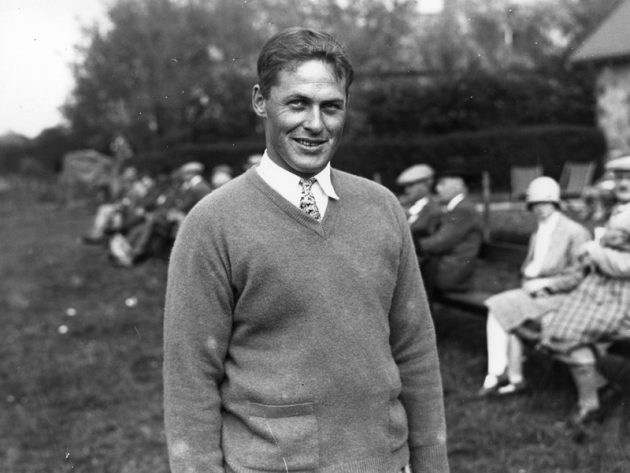
Ever since he made the third round of the 1916 U.S. Amateur Championship aged just 14, Bobby Jones had been earmarked for Major success. But, on the eve of the 1923 U.S. Open at Inwood Country Club in New York the 21-year-old amateur had yet to secure one of the big four titles.
Get the Golf Monthly Newsletter
Subscribe to the Golf Monthly newsletter to stay up to date with all the latest tour news, equipment news, reviews, head-to-heads and buyer’s guides from our team of experienced experts.
Bobby travelled to New York and took the opportunity to visit his old friend Jim Maiden at Nassau Country Club. After playing nine holes Jones complained he was putting poorly. Maiden suggested he might have the solution: an old putter he turned to in times of need. It was a simple offset blade with a hickory shaft, forged by Condie and sold by William Winton. The putter was almost 20 years old and Maiden had stamped it with the nickname, “Calamity Jane.”
Jones tried Calamity Jane and loved the feel. He used it at Inwood and won. In fact, he used the original then a replica (Calamity Jane II) to win all thirteen of his Major titles.
After retiring in 1930, Jones became a consultant for Spalding. Between 1932 and 1973 the company produced dozens of models of putters bearing the name “Calamity Jane” with both hickory and steel shafts.
None could match the originals though and none won a Major of their own.
Bulls Eye
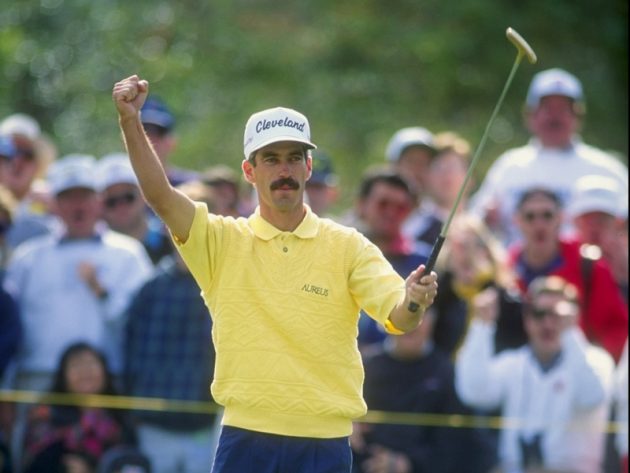
In the late 1940s John Reuter, a teaching professional from Phoenix Arizona, came up with the concept of designing a putter that “swung like the pendulum of a clock.” Reuter’s first models, “the sweet strokers,” were adapted and given a new name: “Bulls Eye.” In 1951 Lou Worsham won the Phoenix Open with a Bulls Eye and, with that, Reuter’s putters had the attention of the golfing world.
In 1958 Reuter teamed up with Acushnet and the Bulls Eye went into mass production. Made from soft brass for maximum feel at impact they had a fluted shaft and were available with varying grips.
The Bulls Eye has stood the test of time and over the last 50 years has enjoyed success at the highest level. Bob Charles, Tom Kite, Corey Pavin and Mark McNulty have all trusted the Bulls Eye while racking up numerous titles worldwide.
Ping Anser
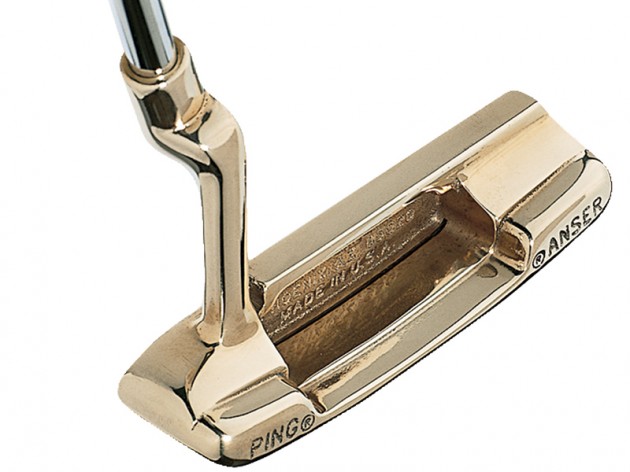
No putter has more worldwide victories than the Ping Anser. Over the last forty years this iconic design has notched up more than 500 wins on the major professional tours, and they’re still coming.
The idea for the Anser came to Karsten Solheim in a flash of inspiration. So sudden was the brainwave that he had to sketch the design on the nearest thing to hand: the dust jacket of a long-playing record.
The name came from Karsten’s wife Louise who suggested it was the “Answer” to putting. In order to fit the name on the back of the blade the w was left out, hence: Anser.
With perimeter weighting, a cavity back and a low centre of gravity, the putter set new standards in design and Ping continues to refine and innovate the Anser.
George Archer was the first man to win a Major with an Anser at the 1969 Masters. Freddie Couples, Seve Ballesteros, and Mark O’Meara have all tasted Major success using one.
MacGregor Response
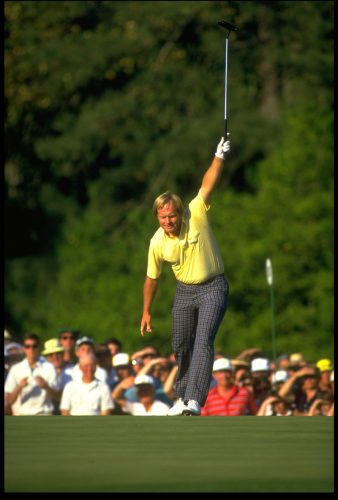
The 1986 Masters was one of the most memorable in history and, surely, no competition has done as much to promote sales of a putter.
46-year-old Jack Nicklaus hadn’t won a tournament on the PGA Tour since 1982 and many were saying he was washed up. But, firing a scintillating final round of 65, Nicklaus proved his doubters wrong. He won by a shot from Greg Norman and Tom Kite. The most famous image from that week was of the Golden Bear striding forward with his MacGregor Response putter held aloft after holing a birdie putt on the 17th green. It was his sixth single putt of the back nine.
Designed by Clay Long, the Response had a huge oversized milled head with a cavity back delivering stability and roll.
Owing to its unusual appearance, The Response wasn’t overly popular prior to the ’86 Masters. After Nicklaus’ victory MacGregor sold an estimated 350,000 of them.
Ram Zebra
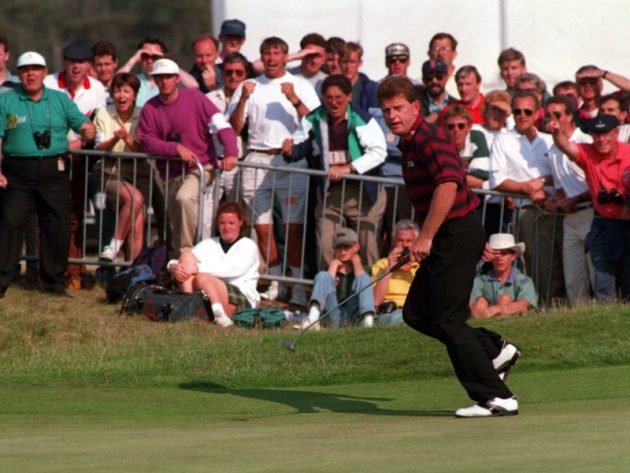
First introduced in 1976, the Zebra featured adjustable weights and the “Stripe” alignment system that gave the putter its name. The putter’s inventor Dave Taylor sold distribution rights to Ram Golf in 1979 and in 1980 Ram purchased all the manufacturing equipment, trademarks and patents for Zebra putters from Dale Taylor, son of the inventor. Ram doubled in size in three years.
Before mallet putters became fashionable, the Zebra was a pacesetter. Players like Nick Price wielded the Zebra to great affect, it remains one of the most popular mallet putters of all time.
Odyssey 2-ball
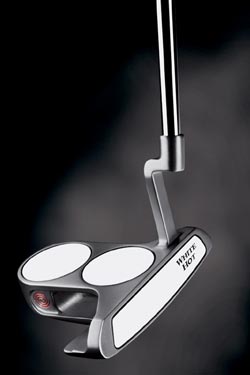
The Odyssey 2-ball putter launched a revolution when it burst onto the scene late in 2001. Odyssey placed two round circles, each the diameter of a golf ball behind the putter face to act as an alignment guide. By putting more weight behind the ball, it skidded less off the face.
In October 2001 Paul Lawrie became the first touring pro to win using a 2-ball when he captured the Dunhill Links Championship. It was the first week he’d had it in the bag. Through 2002 and 2003 one in every four putters sold was a 2-ball.
Since 2002 there have been a number of different versions of the 2-ball but the concept remains the same and the top pros continue to trust it.

Fergus is Golf Monthly's resident expert on the history of the game and has written extensively on that subject. He has also worked with Golf Monthly to produce a podcast series. Called 18 Majors: The Golf History Show it offers new and in-depth perspectives on some of the most important moments in golf's long history. You can find all the details about it here.
He is a golf obsessive and 1-handicapper. Growing up in the North East of Scotland, golf runs through his veins and his passion for the sport was bolstered during his time at St Andrews university studying history. He went on to earn a post graduate diploma from the London School of Journalism. Fergus has worked for Golf Monthly since 2004 and has written two books on the game; "Great Golf Debates" together with Jezz Ellwood of Golf Monthly and the history section of "The Ultimate Golf Book" together with Neil Tappin , also of Golf Monthly.
Fergus once shanked a ball from just over Granny Clark's Wynd on the 18th of the Old Course that struck the St Andrews Golf Club and rebounded into the Valley of Sin, from where he saved par. Who says there's no golfing god?
-
 14 Big Names Who Missed The Cut At The Masters
14 Big Names Who Missed The Cut At The MastersAn exciting prospect is in-store over the weekend at The Masters, where a number of players missed the cut at Augusta National
By Matt Cradock Published
-
 Why Rory McIlroy Is The Man To Beat At The Masters
Why Rory McIlroy Is The Man To Beat At The MastersWe look at three reasons why Rory McIlroy is in the driver's seat for the Green Jacket this weekend
By Elliott Heath Published
-
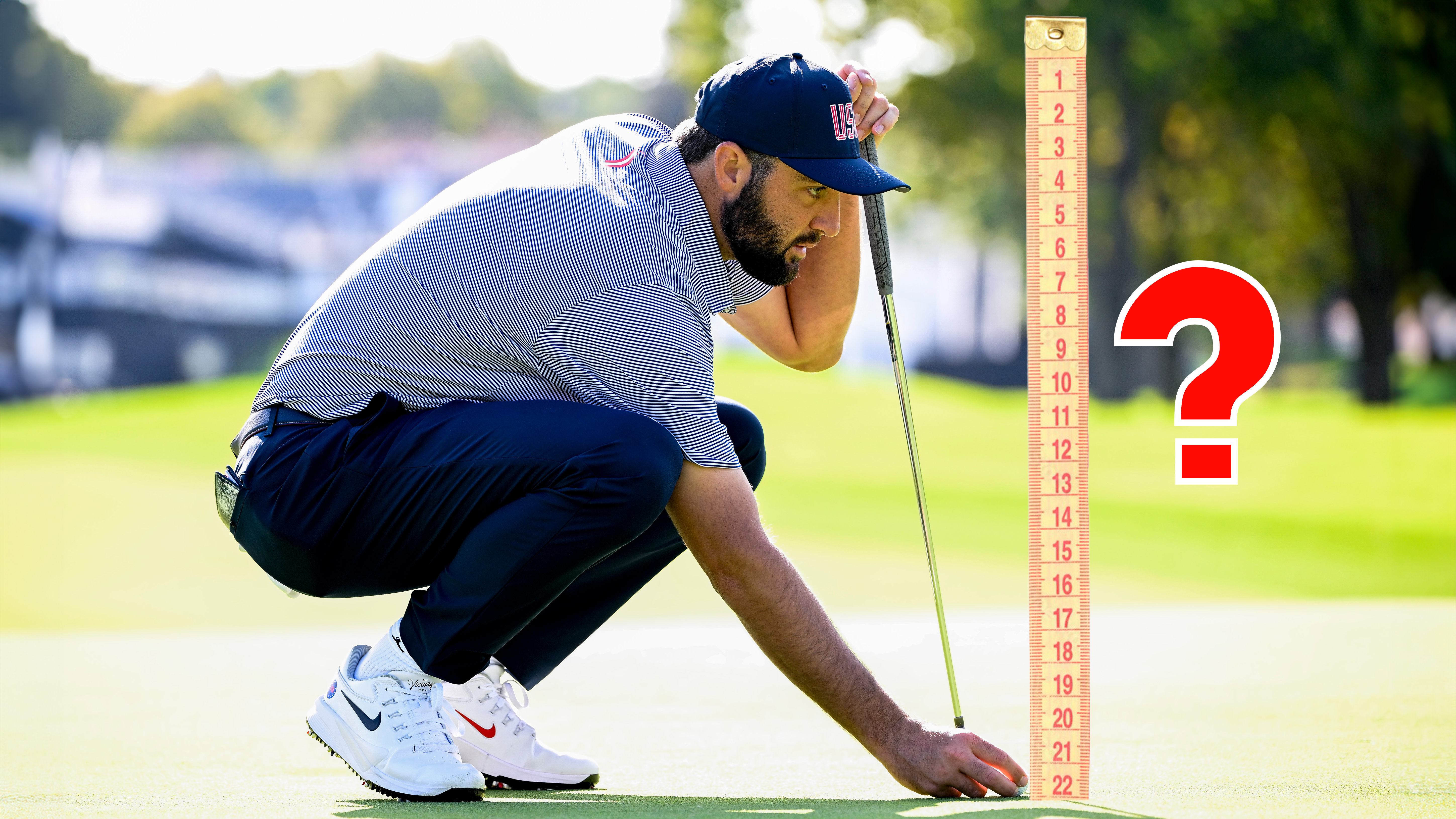 Which Putter Length Should You Use?
Which Putter Length Should You Use?We discuss why putter length is so important
By Sam Tremlett Last updated
-
 14 Things You Didn't Know About Scotty Cameron
14 Things You Didn't Know About Scotty CameronAn iconic name in the world of golf, here are 14 things you didn't know about Scotty Cameron.
By Sam Tremlett Published
-
 Toe Hang Or Face Balanced Putter?
Toe Hang Or Face Balanced Putter?It's a big decision when choosing your flat stick. Here's how to make sure you match it up to your stroke...
By Sam De'Ath Published
-
 What Loft Should Your Putter Be?
What Loft Should Your Putter Be?You may know how much loft is on your driver but how much should it be on your putter...
By Sam De'Ath Last updated